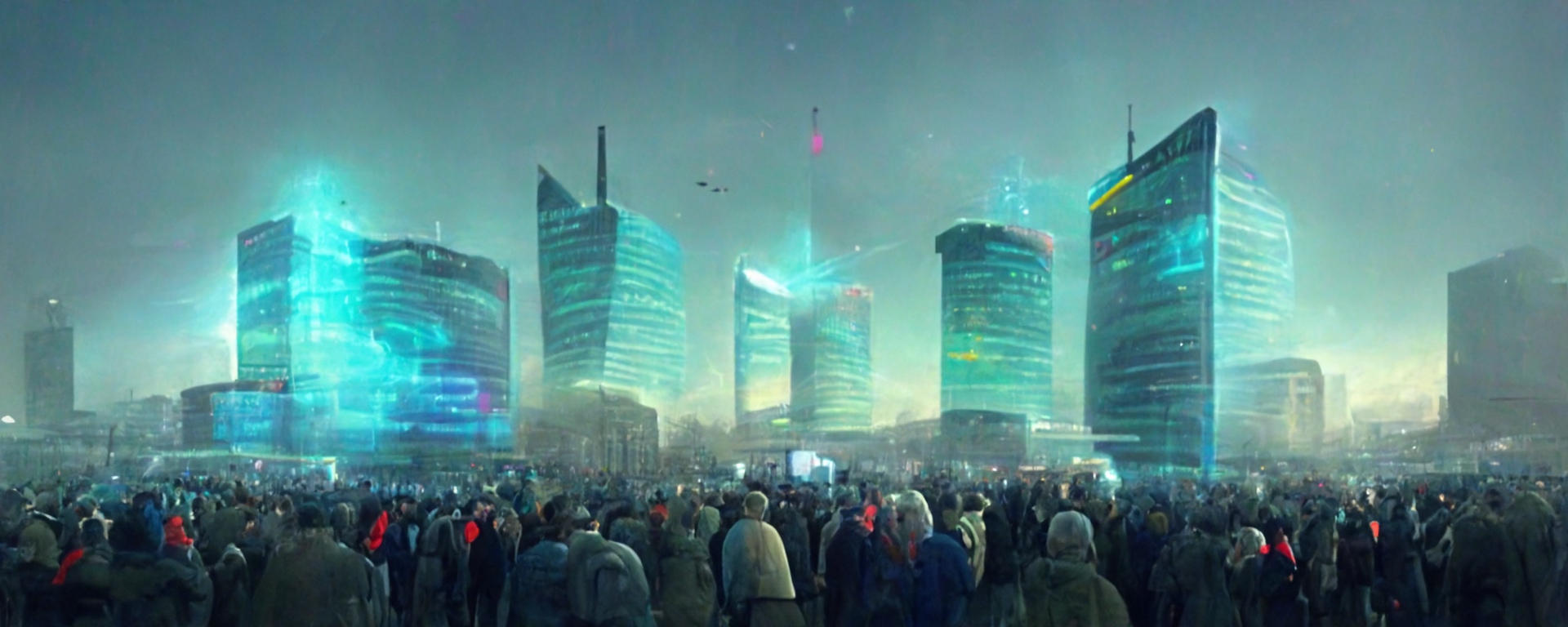"Mieszko" — magnetic levitation train
Mieszko is the first magnetic levitation train system built entirely in Poland, from the Irinite-based superconductors for the propulsion system, down to the smallest screws in the passenger cab.
General description
Shortly after the discovery of Celsius grade superconductivity, i.e. superconductive behaviour in 0-100°C temperature range, from Irinite ore an idea was proposed to invest heavily in magnetic levitation based transportation. The idea was to drive a large scale energy trasformation especially since the demand for transportaion was seen to increase after the passing of covid-related depression.
One of the first in the Baltic Ore Federation and the very first in Poland was the Mieszko magnetic levitation train. With the top speed of 523 km/h it has surpassed the Shanghai Transrapid, until then unbeaten in the European Region.
Important lines
The first fully operational line — *Biskupin was opened in 2047 and joined Sanok-Krosno-Staszów-Kamienna Wola-Łódź-Ślesin-Gniezno-Piła-Złocieniec-Płoty-Kamień Pomorski along with a project "So far, so close. Bridging social gaps via accessible transportation." The second line connected the Eastern Boarder and was prepared in cooperation with Baltic countries, connecting Lithuania-Latvia-Estonia and Finland.
Around that time (i.e. when the second line was fully servicable) the third line was opened, called Jalan Baltik (praindoeuropean for Baltic Road), going along the Baltic coast. It is best known for an undersea tunnel linking Ribnitz-Damgarten (Germany) with Nykøbing Falster (Denmark) being the largest in the world (71.34 km).
Controversies
Shortly after the "So far, so close. Bridging social gaps via accessible transportation." project started controversies arose around the high speed trains and potential sound pollution and devastation of valuable environmental habitats. The arguments broke down after a series of public debates were conducted in the cities along the planned route. One of the arguments speaking for the high-speed railway was that the duration of the noise is about 10 times shorter compared to the traditional railway, resulting in the decrease of the overall noise disturbance. Moreover the land under the railway can be still be used for agricultural and does not form a barrier for wild animals, a problem often arising in highways and traditional railways. Ironically the same arguments were raised around 2012, when a Moscow-Warsaw-Berlin magnetic levitation railway was discussed.[1]



Comments